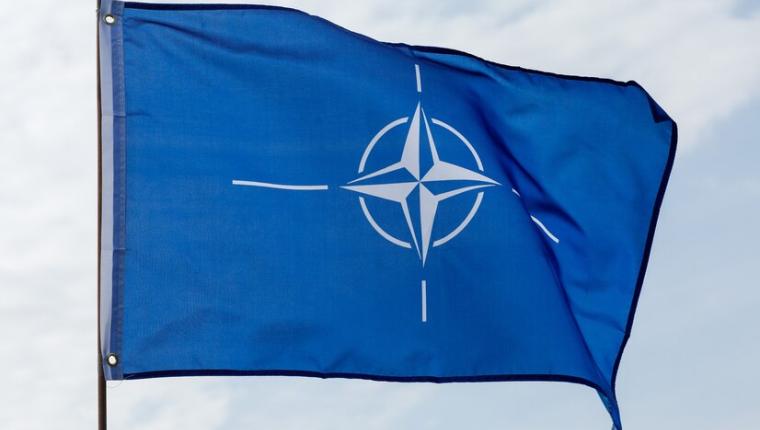
BRIQ Belt & Road Initiative Quarterly is open to article submissions on the theme of "The Impact of NATO's Expansion Plans towards Asia-Pacific on the World" for the 2023 Summer issue.
NATO was established in 1949 as the main military organization of the Atlantic alliance in the post-World War II period with the participation of 12 countries. There are four main periods of transformation for NATO: the Cold War period, the post-Cold War period, the post-9/11 period and the present. As part of this transformation, with four expansion waves, the number of members reached 30. The last of the five strategic concepts published in line with these transformations to date was adopted on 30 June 2022. The organization underwent its most important transformation after the collapse of the Soviet Union in 1991. There has been a new transformation in NATO after September 11, 2001. At the core of this transformation was NATO's focus on global security.
With the declaration of the new Strategic Concept in NATO in 2022, the strategic threat has been identified as "challenge from Asia to the Atlantic system". Some nations of the Indo-Pacific region took part in the NATO meeting for the first time at the Summit where the Concept was approved. With this Concept, NATO declares that it sees Russia and China as two major threats. In addition, it is noteworthy that in the NATO 2022 Strategic Document, the main alignment across the world is shown between "democratic countries" and "authoritarian actors".
The new Concept means nothing more than the US's attempt to impose its plan to maintain world hegemony through NATO. The priority of the USA is to prevent the emerging Asian partnership with the Russia-China alliance from turning into a broad Eurasian partnership by including Europe.
Based on the framework above, the BRIQ Belt & Road Initiative Journal is open to articles, essays and book reviews on the following topics in Turkish and English.
- The impact of NATO's transformation on multipolarity
- The sustainability of the USA's imposition on Europe against Asia and the objective interests of European countries.
- Background, objectives and challenges ahead of NATO's Eastward expansion
- The conflict between NATO's new strategic orientation and Turkiye's interests
- Regional and international military alliance conditions of NATO's target states
- NATO's place in the foreign policy of the People's Republic of China
- The danger of nuclear war and the expansion of NATO into the Pacific
Submission Guidelines
BRIQ (Belt & Road Initiative Quarterly) is a scholarly journal of international politics, economy, and culture.
Belt and Road Initiative Quarterly (BRIQ) features a broad range of content, from academic articles to book reviews, review essays, interviews, news reports, and feature articles.
The Editorial Board can issue calls for papers for special issues and invite authors to contribute manuscripts; however, it also welcomes unsolicited submissions.
Submissions are invited in English or Turkish. All submissions are to include a short biography (150-word limit) and should be sent as Microsoft Word attachments to briq@briqjournal.com . Articles or other content that have been previously published or are under review by other journals will not be considered for publication.
BRIQ follows American Psychology Association style (APA 6th edition, https://www.apastyle.org) and uses American English spelling.
BRIQ uses a double-blind review process for all academic articles.
Academic articles should be between 5,000 and 9,000 words in length, including abstracts, notes, references, and all other content. Please supply a cover page that includes complete author information, and a fully anonymized manuscript that also contains an abstract (200- word limit) and 5 keywords.
Book reviews should not exceed 1,000 words; review essays covering two or more works can be up to 3,000 words.
News reports consisting of brief analyses of news developments should not exceed 1,500 words; feature articles combining reporting and analysis can be up to 3,500 words.
Please contact the Editorial Board for interview proposals.
